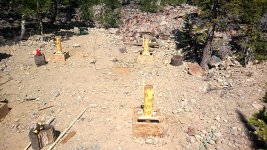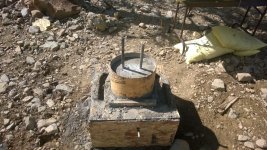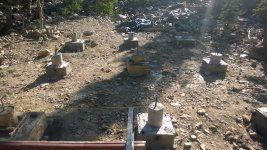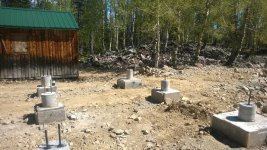I took your OP as you wanted to use sonotubes. Sounds like you just need to drill a hole, fill it to a few inches below grade then simply use short pieces of the tube to your desired height above grade, simply as a concrete form for the exposed portion. quick & easy.:thumbsup:
Exactly. I am making a 3 sided implement shed. A fairly large one 90-100' long. Wind uplift is a concern. I plan on embedding weld plates in the concrete to attach my columns to so that I can more precisely place them. I plan on using my GPS to mark all the column locations and it is much easier to place a weld plate in the correct spot than to try and get a 10' tall post in the right spot. They don't need to be very high but I want the weld plate/column joint to be above grade slightly as the columns they specified for me are rather thin and rust through is a concern.



